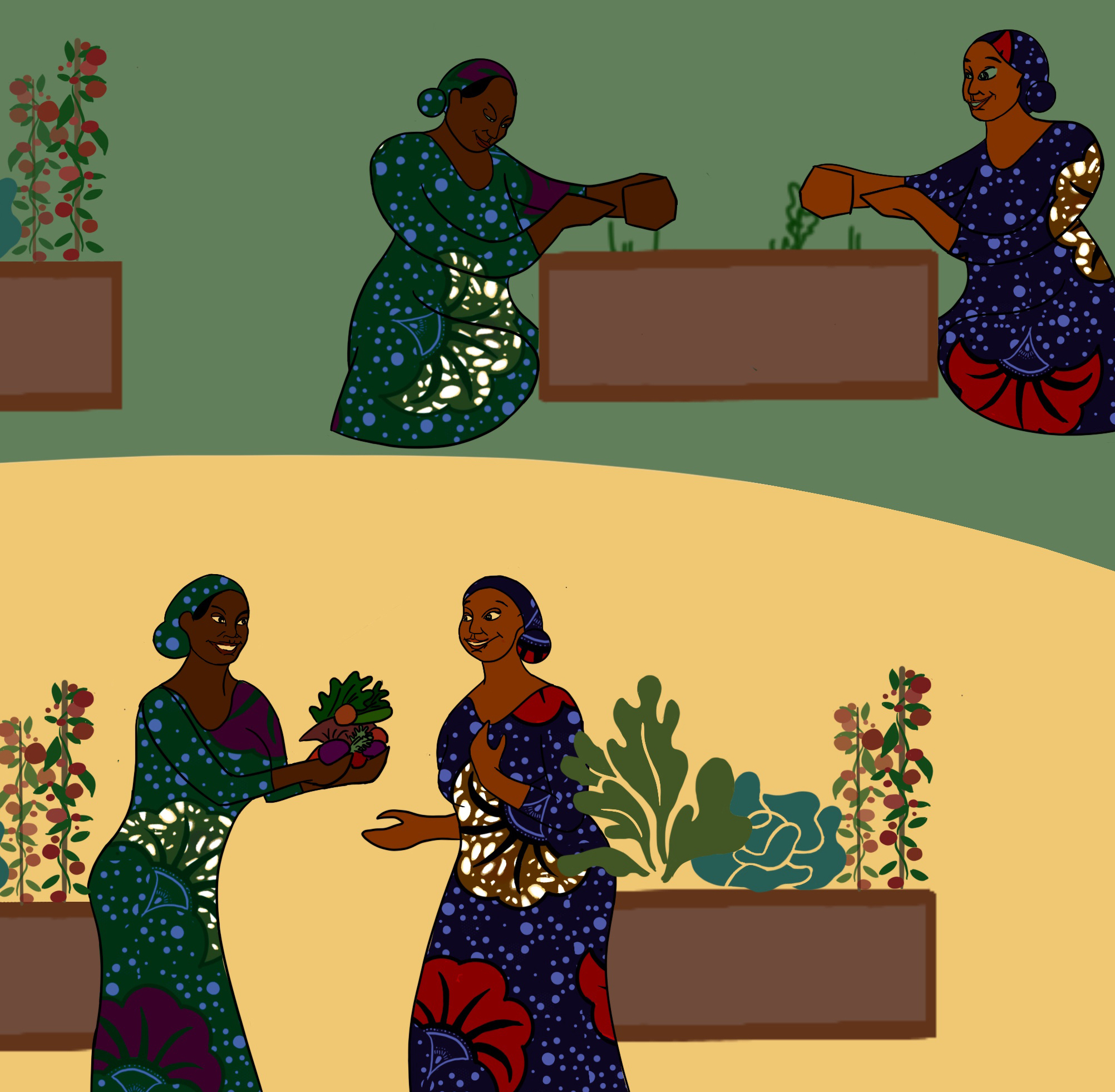Small Urban Spaces
Fall 2020
Architecture Core Studio: Urban Ecologies
Advised by Anne Tate
Site Location: Roxbury, Boston
Small urban spaces offer opportunities for people to feel more connected with to their communities and in public space. Once public space is activated, businesses can thrive and crime rates decrease. This project’s focus is on creating transition spaces, where residents and those passing can develop a sense of agency without the need for hard edges and bold borders.
In the storymap below, the areas shaded darkest point to the most trafficked paths, while the lighter lines show less trafficked paths. The gradient of these cooridors denote a soft shift between more public and less public spaces.
Roxbury is the heart of Boston’s Black community, culture, and history. Specifically, this site currently has a the Black Market, which is a Public Art Initative that installed the Black Lives Matter street mural on Washington Street (the street infront of the non-profit space). Their goal is to build the neighborhood’s economic power through by and for their community.
This project builds off of these goals by proposing businesses such as small restauraunts, a Farmer’s Market indoor and outdoor space, residential units filled with natural light, green spaces at a variety of scales, and an elementary school. In addition, the outside walls of existing and added buildings are employed as mural space.
![]()
Architecture Core Studio: Urban Ecologies
Advised by Anne Tate
Site Location: Roxbury, Boston
Small urban spaces offer opportunities for people to feel more connected with to their communities and in public space. Once public space is activated, businesses can thrive and crime rates decrease. This project’s focus is on creating transition spaces, where residents and those passing can develop a sense of agency without the need for hard edges and bold borders.
In the storymap below, the areas shaded darkest point to the most trafficked paths, while the lighter lines show less trafficked paths. The gradient of these cooridors denote a soft shift between more public and less public spaces.
Roxbury is the heart of Boston’s Black community, culture, and history. Specifically, this site currently has a the Black Market, which is a Public Art Initative that installed the Black Lives Matter street mural on Washington Street (the street infront of the non-profit space). Their goal is to build the neighborhood’s economic power through by and for their community.
This project builds off of these goals by proposing businesses such as small restauraunts, a Farmer’s Market indoor and outdoor space, residential units filled with natural light, green spaces at a variety of scales, and an elementary school. In addition, the outside walls of existing and added buildings are employed as mural space.

1.![]()
3.
![]()
3.

2.![]()
4.
![]()

4.
The following diagrams denote the site and it’s neighboring conditions.
white: public
black: private
grey: semi-public
1. Circulation Paths: Main streets connect with internal public cooridors.
2. Public Spaces: Although the housing is private to it’s tenants, it’s shape creates small parks and public connecting coordiors. A larger park faces the units, adjacent to an elementary school. An existing building is converted to a Farmer’s Market. The first floor of the residential units become small shops and restauraunts. Other buildings on site are existing community centers.
3. Residential Units in black and their adjacent semi-public green spaces in grey.
4. Residential Units’ Sun-rooms.


Each unit includes a south-facing sun-room, to welcome natural light inside especially for the colder months.
The first floor is allocated for small businesses as the opposite street is highly trafficked with many shops and restaurants. The variety of units offer shared living opportunities.
The first floor is allocated for small businesses as the opposite street is highly trafficked with many shops and restaurants. The variety of units offer shared living opportunities.


Between the units and the park is a green pathway that transitions the private to public. Public transportation and walkability are prioritized on the neighboring streets by creating public edges such as the Farmer’s Market and restauraunts.




︎︎︎ ︎︎︎ ︎︎︎









